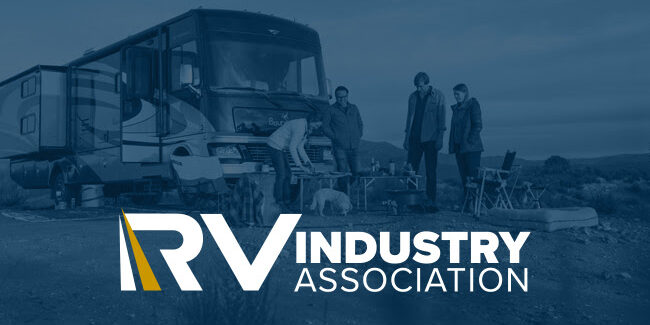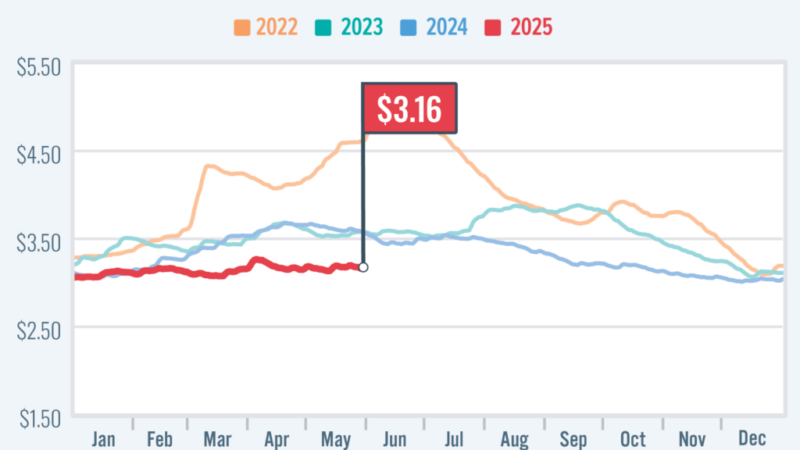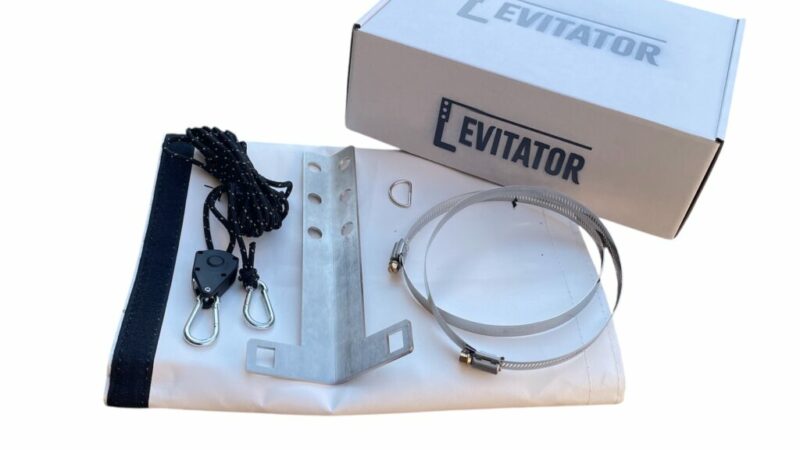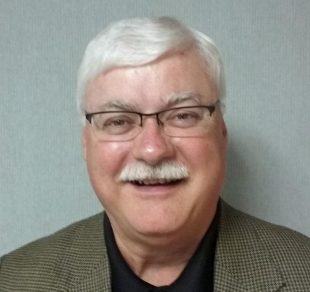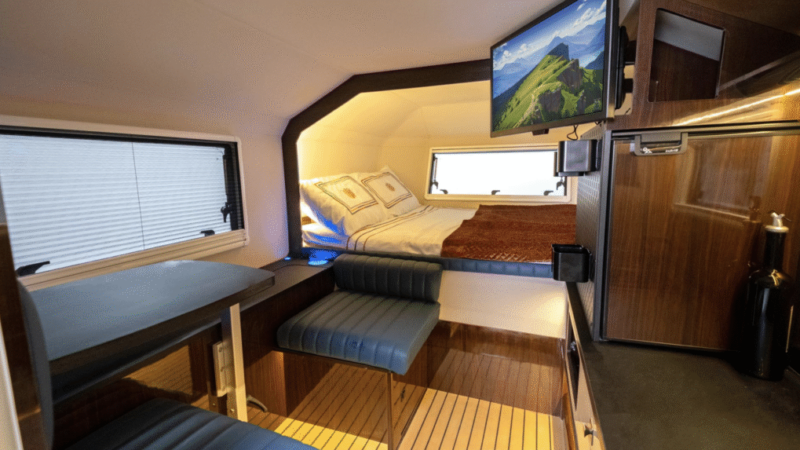Leigh Tiffin: Company Needed to Get Back to its Roots
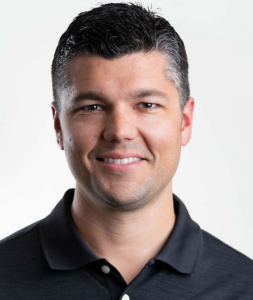
Leigh Tiffin
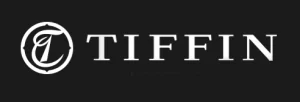 EDITOR’S NOTE: The following column was written by Leigh Tiffin, president of Tiffin Motorhomes, and originally published in the current issue of Roughing It Smoothly, the quarterly magazine for Tiffin motorhome owners. It is reprinted here with permission.
EDITOR’S NOTE: The following column was written by Leigh Tiffin, president of Tiffin Motorhomes, and originally published in the current issue of Roughing It Smoothly, the quarterly magazine for Tiffin motorhome owners. It is reprinted here with permission.
Making the changes necessary to continue operating in a volatile marketplace is a challenging process. Finding new pathways for success can be difficult and sometimes very painful. Abandoning tried-and-true pathways that no longer resonate with the marketplace is often even more difficult and painful.
Over the past 18 months since I accepted my position as president, I have some of the best minds in the RV industry as we evaluated the position of Tiffin Motorhomes in our marketplace, the current movements in customer preferences, and our present ability to respond. The discussions were rigorous and exciting.
In the end, we realized Tiffin needed to get back to its roots―building premium-quality, motorized recreational vehicles. Our roots go back 50 years to when my grandfather began by building a good quality, gas-powered camper at the right price point―up to 15 units a day―establishing the brand as well as providing a financial base to grow. Over the first 25 years, those campers evolved with the use of larger chassis and engines, plus features that addressed customer preferences: basements, aluminum siding to fiberglass, then a single slide-out, the rear-engine diesel pusher, and multiple slide-outs, to name a few.
At the turn of the century, Van and Tim made a long trip to visit many of their dealers to evaluate the competition they were selling against. They returned to report to Bob that Tiffin needed to make significant investments in modern equipment to remain competitive. And changes had to be made soon. As Van remembers it, “He told us to ‘haul off and buy whatever we needed.’ We began to develop the woodworking shops to manufacture the quality cabinets and furniture you see today and started upgrades to the manufacturing process.”
Bob Tiffin accepted the need to change and was deliberate and quick about moving forward. He saw the need to increase customer support with better warranties and technicians readily accessible by phone to provide immediate support to dealers and owners. In 2004 Bob designed, contracted, and supervised the construction as the company opened a multi-million-dollar service center plus an adjacent campground with full hookups. Again, assessing the competition, Bob retained a top chassis designer. Together they made the PowerGlide chassis a reality. A short time later, he acquired the land and buildings to open the most modern, high-tech paint plant in the RV industry. Yes, Elkhart sent people to Belmont to check it out, but no one has been able to copy Belmont’s success.
This company understands change and the exhilaration and pain that goes with it. TMH survived two oil embargoes in the first 10 years and then a recession in 2008 that took down all but seven RV manufacturers. Tiffin Motorhomes lowered production to only one unit a day. But with long-term planning for the proverbial rainy day, Bob Tiffin had a war chest that brought the company out strong, honoring every warranty, and moving into a leadership position in the industry.
This is a story that needs to be told again and again. It’s a story about the ability and willingness to change! After months of study on how to make the best use of Tiffin’s assets and viability, we kept coming back to the question: “What can we do better than anybody else in this industry?”
We are the best at strategic manufacturing of motorized recreational vehicles using the assembly line concepts inspired by Henry Ford himself, but perfected for RV manufacturing by my family over the last 50 years. Adding quality components, cabinets, furniture, and wall modules at each workstation, our assembly line produces a finished product, sans the exterior paint and awnings. We are the best at painting motorhomes in our state-of-the-art paint plant. We are the best at building fine cabinets and furniture. And motorized RVs have been in our DNA since 1972. Over the last few months, TMH refocused to claim our position in the industry as the premium, full-line, motorized RV manufacturer.
These decisions and refocusing mean that both our loyal constituency and new buyers will see a strong line of our full-size Class A gas and diesel coaches. These products are the core to our success and the key to your ability to continue “roughing it smoothly.”
Tiffin’s offering of three Super C floorplans is building upon this core and is finding new buyers throughout the U.S. We will i grow our Class C line with new sub-categories. With fresh ideas, we will also push and shake-up the Class B and B+ markets, bringing Tiffin quality to the Mercedes-Benz engine and chassis. These “Brilliant B’s” will be manufactured on their own dedicated line and will become the envy of the industry.
As COVID turned our industry on its head, a new market evolved that includes both veteran RVers and a fresh group of those discovering the RV lifestyle. This group defined a demand for a smaller, efficiently designed, motorized RV with a price point at half the cost of our Class A diesels. Innovation in this market will create functional interiors combined with new technology for safety, communication, and drivability. Successful units will still satisfy the expectation for Tiffin comfort and convenience.
While COVID may have been the primary accelerator of change, its partners were a warming climate and the economy. Spurred by the heightened apprehension of climate change, the California Air Resources Board (CARB) in September 2020 approved the Omnibus Low-NOx Rule requiring new engines and trucks to meet more demanding NOx standards: 75% lower in 2024 and 90% lower in 2027. Those standards will inevitably be picked up by other states. The L-block and X-block engines used in diesel pushers will still be available, but significantly modified to meet the standards.
In assessing these rules, we had to consider the continued production of the PowerGlide chassis and the diesel engines we had to purchase for its manufacture. Were we committed to investing the resources and human capital into the compliance standards or would these commitments distract us from our core business? We came to the conclusion that the benefits of focusing on our core production would easily outweigh continued delegation of resources and attention into our chassis development. Anticipating Freightliner’s ability to comply with the changing regulatory focus, and confident in their ability to manufacture a top-quality chassis, we approached them to explore a strategic partnership to build the PowerGlide chassis. They were ecstatic about the potential partnership and ability to enhance their brand and reputation by adding PowerGlide to their portfolio. We quickly negotiated and entered an agreement to have Freightliner manufacture the PowerGlide using our specifications. Rebranded as the PowerGlide XT, Tiffin will continue to use the chassis exclusively on the Zephyr and Allegro Bus and optionally on the Phaeton. In the near future, our chassis plant in Red Bay will be repurposed to provide the production line for our Class B products. Tiffin will remain the only company building on the PowerGlide chassis.
Three other changes complete our strategy. The first was announced several weeks ago when we decided to close the VanLeigh plant in Burnsville, Mississippi. Closing the fifth wheel plant allows TMH to concentrate its assets and resources on a wider offering in the premium motorized marketplace at a time when the future of RVing is increasingly motorized.
We sold our fiberglass operation near Iuka, Mississippi, to a third-party who will continue to supply the one-piece roof units now in use as well as the fiberglass caps made in open molds. Outsourcing major items so that we can focus on our core brand is not new to Tiffin. For example, Cashion Thermoplastics, a stone’s throw from the Bob Tiffin Service Center, has for decades manufactured our wet tanks. Lindsey & Winchester has created our fabric furnishings since Tiffin began in 1972. Our experience with these two major suppliers gave us the confidence to make a similar choice with the fiberglass operation.
One thing that has not changed at Tiffin is our commitment to transparency and to you. We value our owners’ trust and support as we move forward to grow and improve a strong company that addresses your needs and expectations and those of future buyers who recognize the premium quality and service of the Tiffin brand.
Source: https://rvbusiness.com/leigh-tiffin-column-covers-essentiality-of-change/

